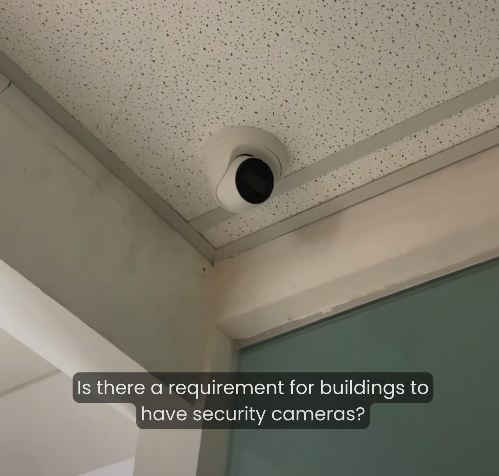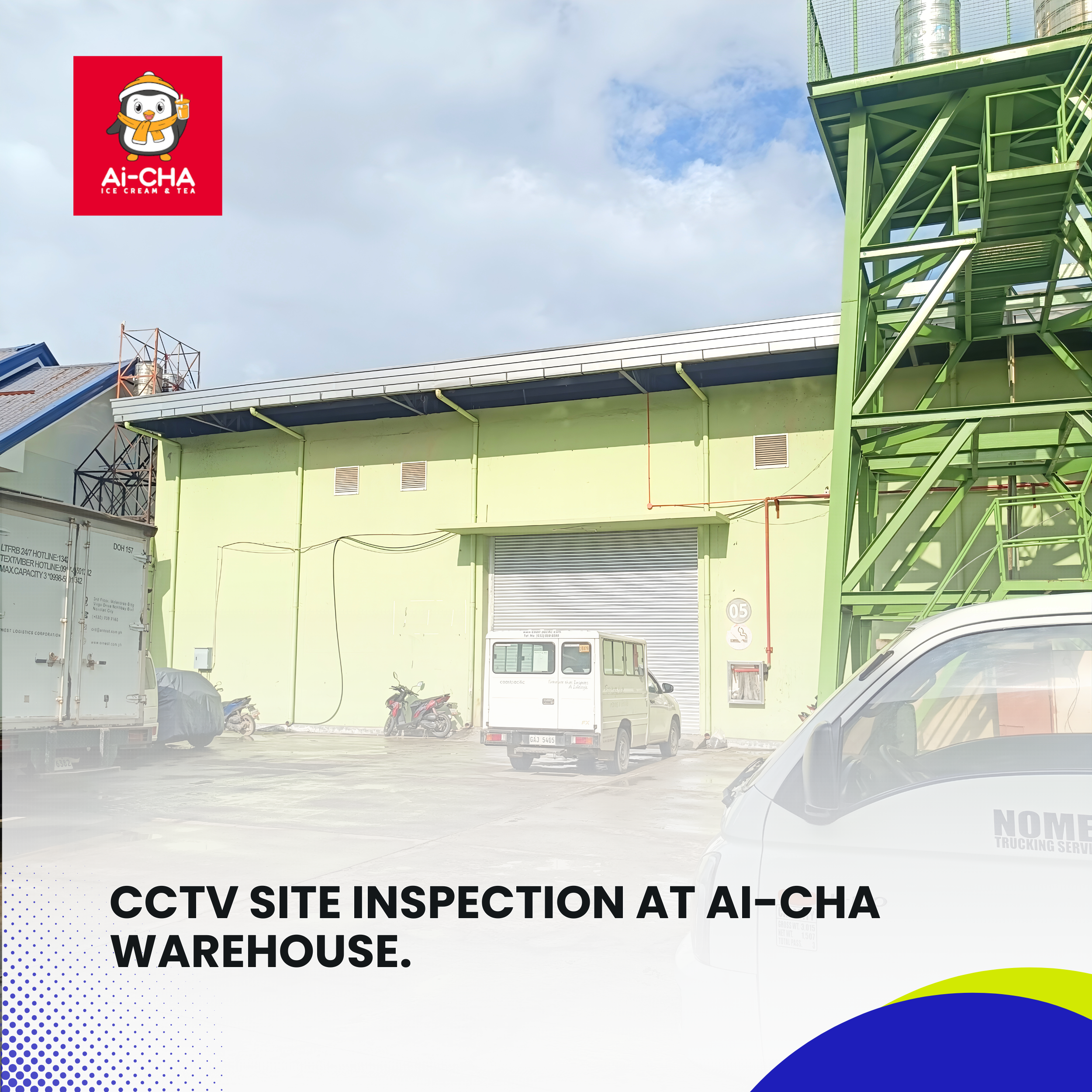Structured Cabling Supply and Installation at Secret Paradise, Palawan — First Progress Update. Introduction The Intercom System Installation Project officially began its first major phase with the start of piping implementation on …
Are CCTV's Required?

Introduction
Cebu City has taken a proactive approach to urban security with City Ordinance 2381, which mandates CCTV installations for businesses, residential subdivisions, and condominiums. Approved with clear Implementing Rules and Regulations (IRR), this law establishes specific requirements for surveillance systems. Whether you own a retail store, manage a hotel, or operate a parking facility, understanding these rules is crucial to avoid penalties and enhance security.
This article breaks down:
✔ Which establishments must comply
✔ Technical requirements for CCTV systems
✔ Inspection and verification process
✔ Penalties for non-compliance
Informational Video.
Who Must Install CCTV's?
Ordinance 2381 applies to two categories of establishments with different compliance deadlines:
1. High-Risk Establishments (Immediate Compliance Required)
These businesses must prioritize CCTV installation due to their vulnerability to crime:
Financial Institutions: Banks, money changers, lending services, pawnshops
Entertainment & Hospitality: Hotels, motels, inns, travel agencies, nightclubs, health clubs, massage parlors
High-Value Retail: Jewelry stores
Transport & Fuel: Gas stations, public transportation terminals
Other Vulnerable Businesses: Internet shops, junk shops
2. General Businesses (120 Days to Comply)
Other covered establishments include:
Educational & Medical: Private schools, private hospitals
Commercial Spaces: Shopping malls, factories, wet & dry markets
Parking & Residential: Paid parking lots, condominiums, subdivisions
Retail Stores: Businesses with ₱5 million+ annual gross sales
CCTV System Requirements.
To comply with Ordinance 2381, surveillance systems must meet strict technical standards:
1. Camera Specifications
Resolution: Minimum 640×480 pixels
Frame Rate: At least 30 FPS for clear motion capture
Coverage: Cameras must be placed inside and outside for full visibility
Dedicated Channels: Each camera must have its own feed
2. Storage & Recording
Retention Period: Must record daily footage
Accessibility: Live viewing and playback functions required
3. Installation & Maintenance
Strategic Placement: Maximize coverage of entry/exit points
Annual Inspection: Systems must remain operational
Compliance Sticker: Issued after approval by authorities
Verification & Inspection Process.
The Business Permit and Licensing Office (BPLO) and Management Information and Computer Services (MICS) oversee compliance:
Initial Inspection
Authorities visit the establishment
Verify camera functionality, placement, and storage
Check for proper signage (if required)
Approval & Sticker Issuance
Compliant businesses receive a CCTV compliance sticker
Must be displayed visibly
Annual Re-Inspection
Systems must pass yearly checks
Non-functional cameras must be repaired immediately
Penalties for Non-Compliance.
Failure to install or maintain CCTV systems results in escalating fines:
First Offense: ₱2,000
Second Offense: ₱3,000
Third Offense: ₱5,000 + possible suspension of business permits
Repeated violations may lead to temporary closure until compliance is achieved.
Why Compliance Matters Beyond the Law.
While Ordinance 2381 makes CCTV installation mandatory, the benefits extend beyond avoiding fines:
✔ Crime Deterrence: Visible cameras reduce theft and vandalism
✔ Evidence Collection: Footage aids police investigations
✔ Business Protection: Resolves customer disputes with recorded proof
✔ Insurance Benefits: Some providers offer discounts for compliant security systems
Steps to Ensure Compliance
Check Your Business Category – Determine if you fall under high-risk or general compliance.
Install the Right System – Work with a certified provider to meet technical specs.
Schedule Inspection – Contact BPLO before the 120-day deadline.
Maintain Your System – Perform regular checks to avoid penalties.
Conclusion
Cebu City’s Ordinance 2381 represents a transformative approach to community safety, establishing CCTV systems as essential infrastructure rather than optional security measures. This forward-thinking regulation creates a unified security network across business and residential sectors, significantly enhancing the city’s ability to prevent and respond to incidents.
The ordinance’s tiered implementation – with immediate requirements for high-risk establishments and a 120-day window for others – demonstrates a pragmatic understanding of real-world business operations. By setting clear technical standards for camera resolution, storage capacity, and placement, the law ensures surveillance systems provide actionable security value rather than just symbolic compliance.
For the business community, these requirements present an opportunity to modernize security infrastructure while contributing to broader public safety efforts. The verification process, managed jointly by BPLO and MICS, provides clear accountability while allowing flexibility in system implementation.
As we move toward full adoption, Ordinance 2381 positions Cebu City as a leader in urban security innovation. The regulation’s balanced approach – combining mandatory requirements with practical implementation timelines – serves as a model for other cities developing similar policies. Ultimately, this initiative strengthens both individual business security and overall community resilience.
Case Studies
Starlink and Access Point Site Inspection at Tubod Flowing Water Resort. Introduction. In an increasingly connected world, internet connectivity plays a vital role in both business operations and guest experience. Recognizing the …
CCTV Site Inspection at Ai-CHA Warehouse. Introduction. In today’s business environment, security is a top priority—especially for facilities that store valuable goods and equipment. To enhance the safety and monitoring capabilities of …


